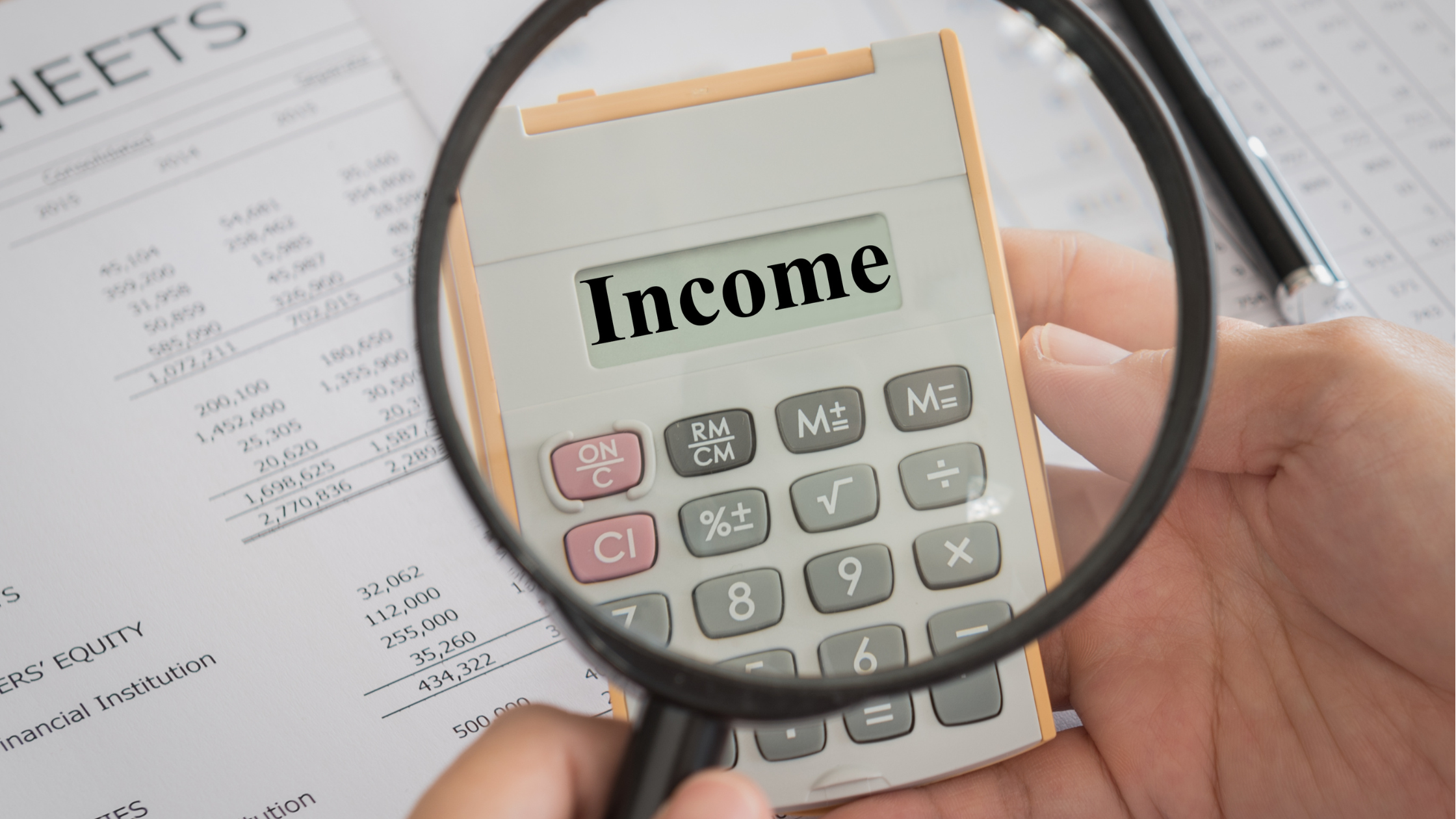Retiring early is the dream! Who doesn’t want total and complete control of how they spend their time without having to worry about income? Imagine income that comes in no matter what you do during your day. It’s totally possible but it requires you to think about your money choices very differently than most everyone else.
If you plan to work until 65 or 70 this article is not for you. This article is for those who want to retire prior to age 59.5 – those who want an unconventional life. This doesn’t mean you have to stop working before 59.5, just that your goal is to create income that isn’t dependent on your trading time for money. Retirement means you have income that comes in no matter how you spend your time. Read on to learn how you may be accidentally sabotaging your ability to retire early.
Mistake #1: You are putting ALL of your money into a 401k or IRAs.
One of the most common mistakes people who want to retire early make is putting all of their savings into a 401k or IRA. While these retirement accounts can be great vessels for saving money for retirement, they also come with age restrictions. If you're retiring early, you might not be able to access these accounts until you're 59 ½ years old. This could be problematic if you want to take income earlier. Consider diversifying your retirement savings into other investment vehicles that allow for earlier withdrawals without penalties.
There is one exception to these withdrawal penalties – if you use an exception called a 72T, you can take systematic withdrawals prior to age 59.5. But, once withdrawals are started you can’t stop them for a specific length of time depending on your age. They must be substantially similar and systematic. Why does this matter? Well, you have to take income even if the market is down, which means you might be compounding your losses by withdrawing money from the account. And, the withdrawal amounts allowed by the IRS may not be high enough to support your lifestyle.
Mistake #2: You are only thinking about rate of return and haven’t spent time planning for distribution rates
What? You’re supposed to focus on rate of return, right? Yes! But if the focus is only on rate of return – how fast your money is growing - you might choose investments with high returns but ignore the fact that these investments could be more volatile and could have lower safe distribution rates in retirement. It’s important to balance your focus on growth rate and safe spending rate, which varies by asset class and allocation models. What is distribution rate? It’s how much money you'll be able to safely withdraw from your account each year if you want your income to continue for the duration of your life potential.
The industry accepted safe withdrawal rate from an investment portfolio over a retirement lifetime is between 3-4%. It’s less if you have a longer than normal retirement horizon, which you will if you retire early. That’s true regardless of portfolio allocation.
Tools like income annuities or creating a market shock absorber (an account to buffer volatility) can safely increase your withdrawal rates to a 7-10% range. Accounting for distribution rate will help ensure that your retirement savings last as long as you need them to.
Mistake #3: Taking too much risk – chasing return
Another mistake people make is taking too much risk with their investments in the hopes of achieving a higher return. While this may sound similar to mistake number 2, it’s not. Taking on some risk can be a good thing, but you don't want to put all of your eggs in one basket. An intense need to “get rich quick” so you can retire early can lead to making investments that may not be prudent. Focusing on efficiency can create similar income rates with more predictability. Don't chase returns by taking undue risks, but make sure your portfolio is balanced to achieve the returns and withdrawal rates you need for retirement.
Losses that occur in the 10 years leading up to retirement and the first 10 years of retirement can really damage long term income sustainability. This is because there isn’t enough time for your portfolio to recover before the drag of ongoing withdrawals puts more pressure on those assets to perform.
Mistake #4: Taking on too much leverage
Leverage involves borrowing money to invest in assets, such as stocks or real estate. While leverage can be an effective way to amplify returns, it can also be risky and lead to financial ruin. If you borrow money and your investment turns sour, you might not be able to pay back the loan and end up losing everything. Bank loans that require payments every single month regardless of your cash flow situation can cause you to tap into other resources or reduce lifestyle in order to avoid selling a non-performing asset at the wrong time.
Control over cash flow is one of the most important things to consider when thinking about introducing leverage. (Borrowing against a whole life policy funded for cash access and cash flow flexibility can be a great solution to mandatory monthly payments.)
Be cautious when considering leveraging investments, as it can quickly become a slippery slope.
Mistake #5: Focusing on Net Worth instead of Income
Many people make the mistake of focusing too much on their net worth, or the total value of their assets, rather than their income. Having a high net worth can feel great, but it doesn't guarantee a comfortable retirement. An extreme example of that could be owning 10 million dollars of land outright – it looks good on a personal financial statement, but it may not generate any income at all.
It's important to focus on generating stable and predictable income streams from your investments, such as rental properties paired with market shock absorbers, or assets like dividend-paying stocks, fixed-income investments, or income annuities. These will help ensure a steady and predictable stream of cash flow in retirement, so you can live the lifestyle you want.
Retiring early is a great dream, but requires a different approach than retiring on a more traditional timeline. But it can quickly become a nightmare if you make the wrong money moves. By avoiding these five common money mistakes, you'll be better positioned to achieve your early retirement goals. Remember to diversify your investments, think about distribution rates, and balance risk with reward. If you have any questions about your retirement strategy, talk to a financial advisor who can help you make the right choices to ensure a comfortable retirement.






